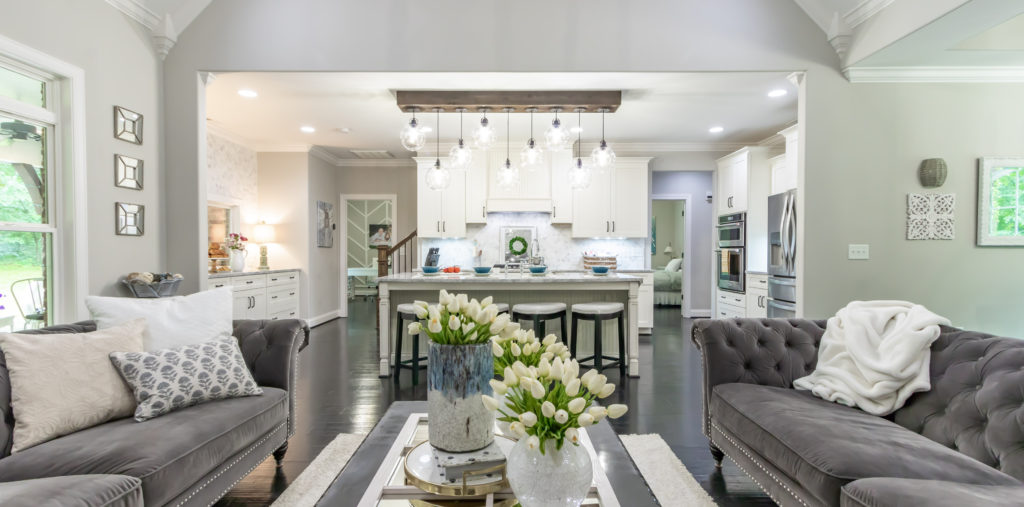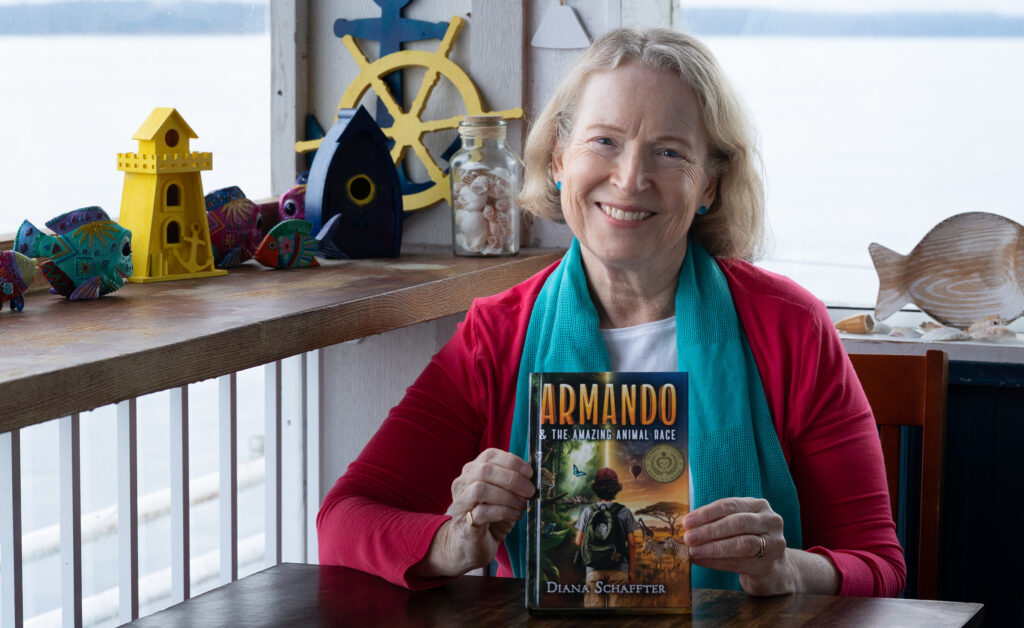by Janice Henshaw –
Today’s subject is everything you wanted to know about lighting but were afraid to ask – starting with a Lighting IQ test to determine your level of current lighting knowledge. Following this fun exercise, we will find out about the other side of lighting – what’s important in lighting design – from two local interior designers, Andi Hook and Wendy White. So let’s get started. Turn on your luminaires, grab your recycled paper pencil and let’s see how much you know!
1. LED is an acronym for?
2. Are LEDs new technology?
3. What do watts measure? Eh? What’s a watt?
4. Rumen, Schumann, what’s a Lumen?
5. Seriously though, I just want to know how many lumens I need in a new LED light so that it is as bright as my current 100-watt incandescent bulb.
6. How much power would this new LED light use?
a) 100 watts b) 75 watts c) 50 watts d) 25 watts or less
7. I don’t like cold bluish lights at night! I like warm cozy lighting! But I also need bright task lighting to read all that small print from the insurance company … how do I know what bulb to buy?
8. An incandescent light bulb will burn nonstop for about 40 days. A new certified LED bulb will still be shining bright after six years. True or False?
9. In the lighting industry light bulbs are known as __ light fixtures as. And table and floor lamps are called __________.
10. All light bulbs are not the same quality. If the price looks too good to be true, it probably is. What certification should you look for on the label of all light bulbs and appliances that you buy?
Lighting IQ Answers
1. LED – Light Emitting Diode;
2. No; they’ve been around for 50 years!
3. Watts measure the amount of power a bulb draws.
4. Lumens tell you how much light a bulb emits – that is, how bright it is;
5. About 1,600 Lumens;
6. d. 25 watts or less;
7. Warm yellow or cool blue? Bulbs are rated on the Kelvin Scale (K). So if you are looking for ambient lighting or lighting that makes you look good, go warm; that is, lower in the bulb ratings range 2,700 to 3,000K. If you want a cool daylight bulb that provides contrast for task lighting, seeing colours and reading all that small print in insurance documents – choose a bulb that is rated higher at 3,600 to 5,500K.
8. True. Some LED lights are rated to last 50,000 hours! That means you probably won’t have to get out that tin step ladder and totter up to the skylight with your partner hanging on to your shaky knees – you can leave that for the next homeowner!
9. Lamps; luminaires; portables;
10. To help save energy, reduce your hydro bill and protect the environment only buy bulbs (lamps) that are ENERGY STAR certified products.
Answer Key Award Levels
0-4 – Perhaps a retest?
4-6 – Warm … a few more lumens needed to achieve brilliance.
7 -9 – You are a Bright Blue Daylight Lamp!
10 out of 10 – You are a brilliant LED Energy Star!
Lighting Design
So that just goes to show you that there is a lot to learn about lighting! And now it’s time to move on to the intricacies of lighting design. Here are some lighting tips from Andi Hook, Principal Designer/Owner of Hook & Hook Designs. I asked Andi how she designs lighting so that there is a comfortable ambience and appropriate task lighting.
“I start my design with ceiling lighting, usually LED pot lights on dimmers and usually on a grid so it looks clean.” Andi says it’s better to have too much light rather than too little given our sometimes gloomy weather, so she follows the rule of “more is better” when it comes to the number of lights and then adjusts the level of light with dimmers. If a client doesn’t like pot lights, Andi suggests putting in rope lighting above the cabinets or crown moulding. “It looks fantastic and surprisingly adds a lot of light.”
Andi adds under-cabinet lighting for taskwork and ambient lighting in the kitchen. She has also designed under-counter lighting where the entire outside of the countertop overhang is lit. Other popular options include adding lighting to floating shelves or open cabinets. Andi says her current favourite shades in the lighting world are rattan and, at the opposite end of the spectrum, concrete. She also recommends the addition of motion-activated lighting under floating cabinets. “It’s a nice touch for ambient lighting and looks great.”
Wendy White, Interior Designer and Architectural Technologist at Trudi Jones Interior Design explains that, without light, colour does not exist. “The quality of light affects our perception of colour, our ability to perform specific tasks and has an impact on us physiologically.” When planning lighting for residential design, Wendy says: “Think about layering the light sources to provide lighting that will accommodate different activities and create certain moods intended for the space.” To clarify the types of source lighting, Wendy defines and explains them for us.
Ambient light provides a general and uniform level of light using “luminaries” (fixtures) that generally bounce light off ceilings, walls and indirect surfaces. This can be achieved through the use of floor lamps, semi-flush mount pendants and recessed lighting.
Task lighting is as the name implies: it provides a light source, generally to a work surface such as a kitchen counter or desk, bearing in mind the position of the user. For example, if the lighting is coming from the ceiling above and behind the user, shadows will be cast on the work surface. This is why the use of under-cabinet lighting, as well as the correct positioning of recessed ceiling lighting, is so important in kitchen design.
Accent lighting illuminates objects, artwork or architectural features creating drama and a focus point within the space.
Decorative lighting is like the icing on the cake, or the jewelry on a princess – fun, sparkly, beautiful and a feature in itself to be admired. Think chandeliers.
Thanks, Wendy and Andi for demystifying lighting design. And just in case you have that lurking question about lighting … and aging eyes … yes, it’s true: as we get older, our eyes need more light. According to eye specialists, by the time we reach 65, we need almost three times as much light to see as we did at age 20. And our eyes are more sensitive to glare. So increase the lumens, and stay away from unshaded lamps!
A final thought from Natural Resources Canada – “Almost 60% of light sockets in Canada still contain inefficient bulbs but if every household replaced just one older light bulb with an Energy Star Certified LED bulb, we would save enough energy to light 500,000 homes for a year!”




